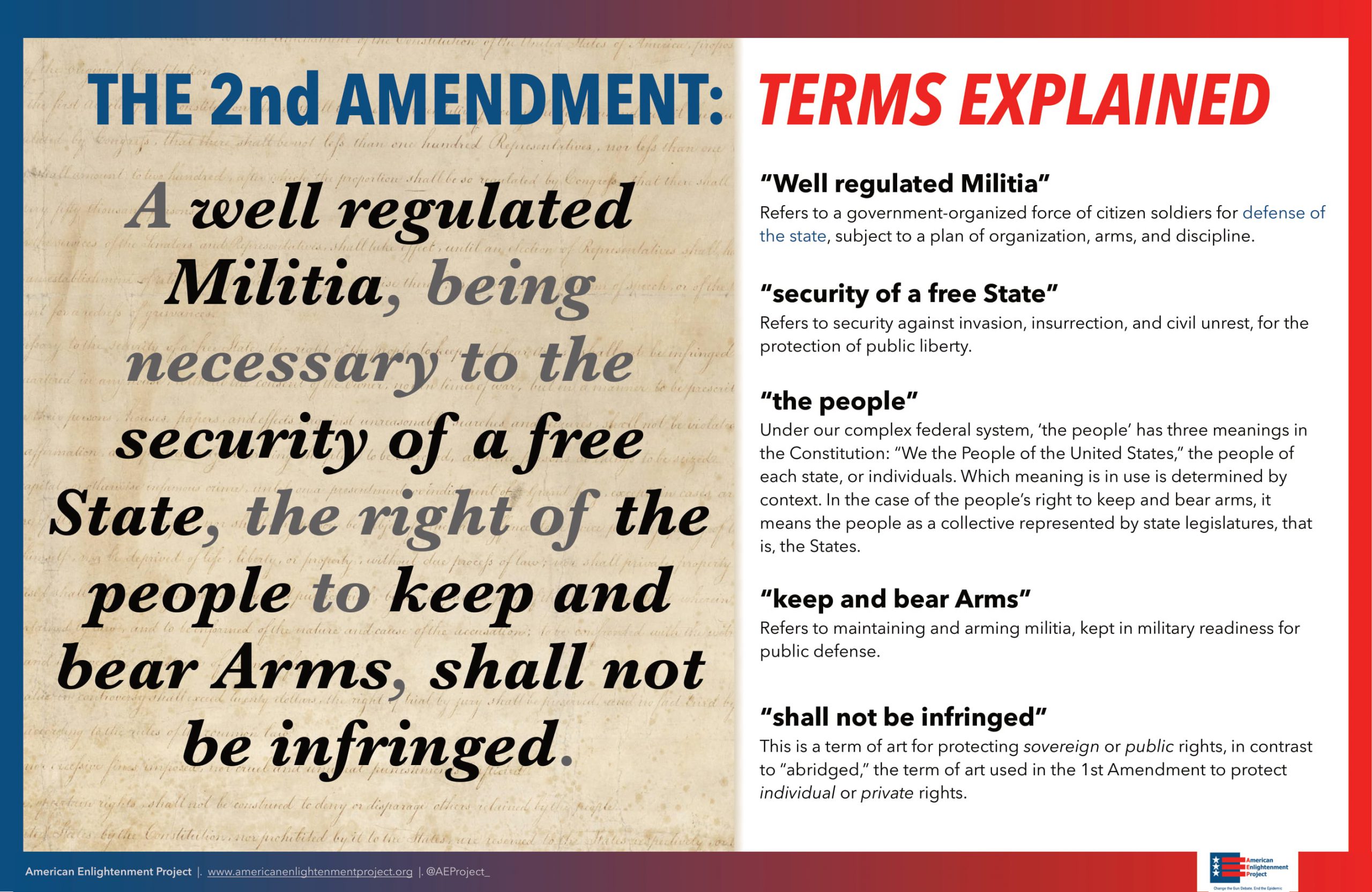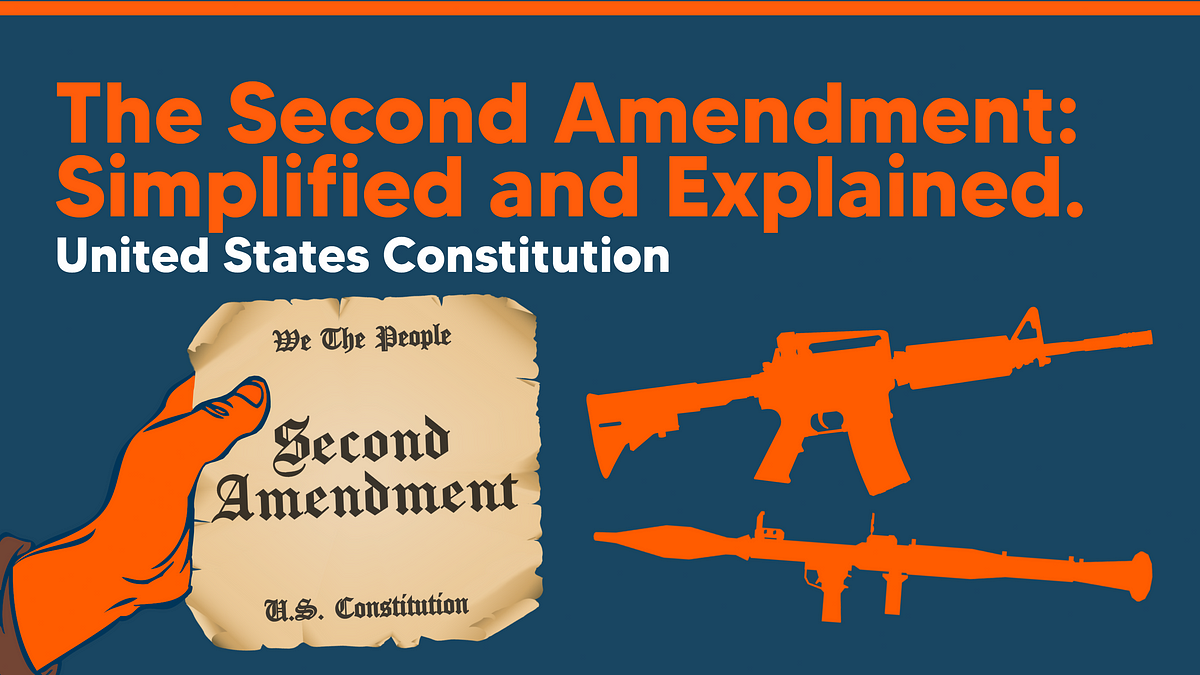Interpreting the True Meaning and Intent of the Second Amendment
The Founders’ Intention for Individual Rights
The US Constitution was designed not to grant rights to citizens, but rather to define and limit the powers of the federal government. The framers understood natural rights as inherent to all individuals, pre-dating any governmental charter. Nowhere in the debates or documents establishing the Republic was there any notion that the proposed federal body had authority to grant or take away citizens’ rights. Amendments IX and X reinforced that the enumerated powers did not deny other unmentioned rights, and that undefined powers resided with the states and people.

Securing Militias for State Security
When drafting the Second Amendment, the founders were primarily concerned with enabling state militias to defend against potential federal overreach or foreign invaders. A “well regulated Militia” was seen as crucial “to the security of a free State”. However, the amendment simply acknowledges the preexisting right of the people rather than designating its origin or purpose. Importantly, it prohibits the government alone from infringing on firearm ownership, without addressing other potential restrictions. The states thus retained power over individual weapon regulations within their own domains.
Preventing Tyranny Through Civilian Arms Ownership
Some argue the Second Amendment aims only to arm militias, not individuals. However, considering the founders’ deep distrust of centralized power absent public oversight, this view is misguided. They rebelled against British tyranny and understood how civilian disarmament enabled oppressive regimes. Even after establishing a republic, Thomas Jefferson and others warned future generations against granting the state a monopoly on force. An armed populace serves as a deterrent against despotism, ensuring ultimate sovereignty resides with the people rather than their government.
Self-Defense as a Basic Human Right
Beyond political philosophy, practical realities also informed the founders. Life in a new, wilderness frontier demanded self-sufficiency and self-protection absent reliable law enforcement. Citizens depended on firearms for hunting, farming, and warding off threats to their safety. While the constitution created a framework for collective security through the union, it did not erase individuals’ natural right to defend themselves and their loved ones. Regulating self-defense arms especially restricts vulnerable groups like women, minorities, and the elderly.
Rejecting the “Living Constitution” Approach
Some argue the Constitution’s meaning evolves with changing times, justifying newer interpretations of rights like the Second Amendment. However, this contradicts the founders’ intent for a fixed standard protecting minority interests from majority tyranny of the moment. If meanings were malleable, amendments would not have been necessary—the original text could simply be reinterpreted. Strict constructionists argue the Constitution’s words should bear the understandings of those who drafted and ratified it.
Enforcing Checks and Balances Through Civil Recourse
By restricting the federal government alone, the Second Amendment maintains a critical check on its power. An armed populace, with lawful means of self-defense, helps enforce separation of powers by deterring overreach into civil liberties or other constitutional violations. Nonviolent civic participation also remains an option through political processes, community organizing, education, and legal challenges when warranted. But ultimately, the people retain power over all public institutions as a final fail-safe against systemic failure or corruption.
Conclusion
When interpreted according to the founders’ intentions and the historical context of the republic’s early days, the Second Amendment unequivocally secures an individual right to firearm ownership wholly separate from service in any militia. Both the duty of self-defense and the philosophy of decentralized power with government accountability factored heavily in its drafting. While prudent regulations may be permissible, outright bans or confiscations directly contravene this bedrock freedom seen as essential to preserving all other civil liberties. An armed society remains the best safeguard for individual liberty and small-r republican government in the long run.
In this discussion, I have aimed to provide a comprehensive yet nuanced interpretation of the Second Amendment supported by evidence from the Constitution’s framing principles, statements by its authors, and the political-social environment of the era. By critically examining its original public meaning and intent, rather than importing modern assumptions, we can understand this vital right in its proper historical context as the founders envisioned. An open yet reasoned debate informed by these foundations, not reactions, remains key to ongoing policy discussions around firearms and self-governance in our republic.
